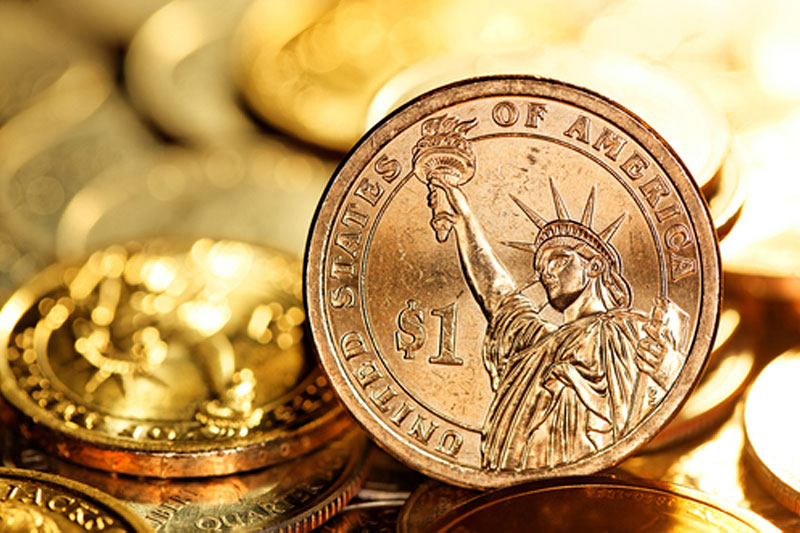Investing.com - The dollar held steady against the other major currencies on Tuesday, pulling back from highs hit after China’s central bank moved to devalue the yuan, sending the Chinese currency to three year lows.
China devalued the yuan in an attempt to help exporters after a recent spate of disappointing economic data.
The central bank described it as a “one-off depreciation” of nearly 2%, based on a new way of managing the exchange rate that better reflected market forces.
Figures released over the weekend showed that Chinese exports dropped 8.3% in July, their biggest fall in four months, while producer prices fell to a six-year low.
The greenback strengthened following the surprise move as investors sold other Asian currencies.
USD/JPY edged up 0.12% to trade at 124.78.
EUR/USD was little changed at 1.1027 after the ZEW Centre for Economic Research said that its index of German economic sentiment fell by 4.7 points to a nine-month low of 25.0 this month from July’s reading of 29.7.
Analysts had expected the index to rise by 2.3 points to 32.0 in August.
The index of euro zone economic sentiment rose to 47.6 in August from 42.7 in July, beating forecasts for an increase to 43.9.
Separately, a Greek official said early Tuesday that his government had completed talks with creditors over a deal setting out the terms of a third bailout, with some details remaining.
Elsewhere, the dollar was steady against the pound, with GBP/USD at 1.5588 and higher against the Swiss franc, with USD/CHF up 0.10% at 0.9846.
The Australian and New Zealand dollars were sharply lower, with AUD/USD down 1.16% to one-week lows of 0.7326 and with NZD/USD tumbling 1.05% to 0.6548.
Earlier Tuesday, the National Australia Bank reported that its business confidence index fell to 4 in July from a reading of 8 in June, whose figure was downwardly revised from a previously estimated reading of 10.
Analysts had expected the index to rise to 11 last month.
Meanwhile, USD/CAD rose 0.37% to trade at 1.3049.
The U.S. dollar index, which measures the greenback’s strength against a trade-weighted basket of six major currencies, was steady at 97.25.
